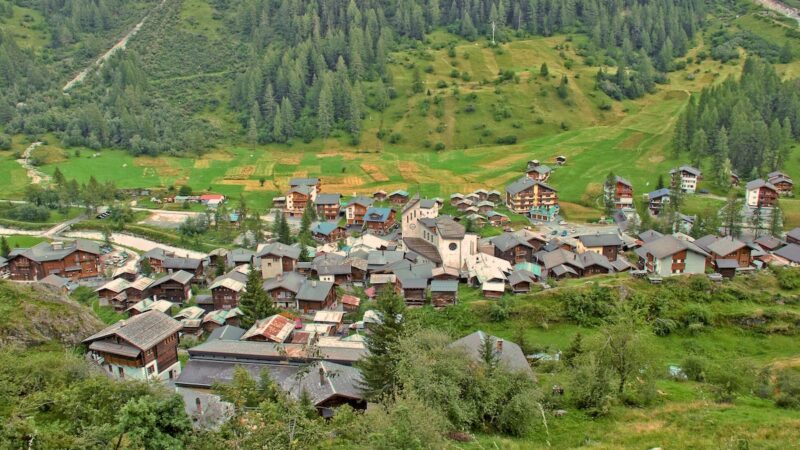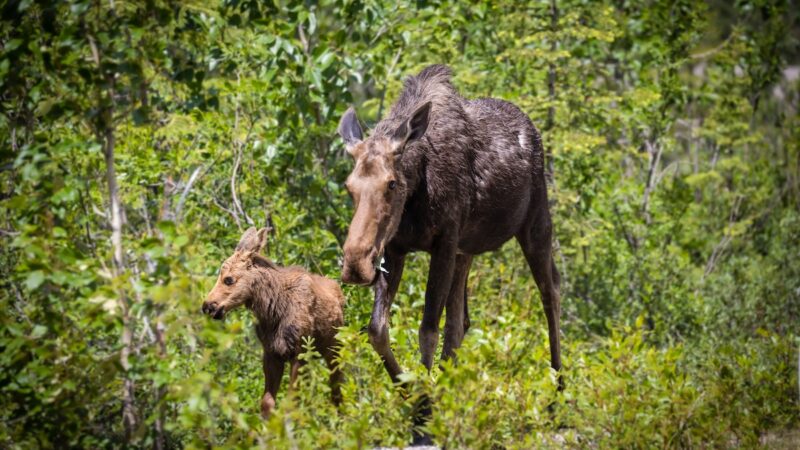5 Things You Didn’t Know About Denali National Park
When it comes to national parks, Denali puts up some pretty impressive numbers. It’s the most popular national park in Alaska, it’s the third-largest U.S. national park with nearly 4.8 million acres, and it’s home to the highest peak in North America.
And there’s a lot more to it than just that. Read on to learn five things you didn’t know about Denali National Park.
5. The park was originally called “McKinley” because of the gold standard
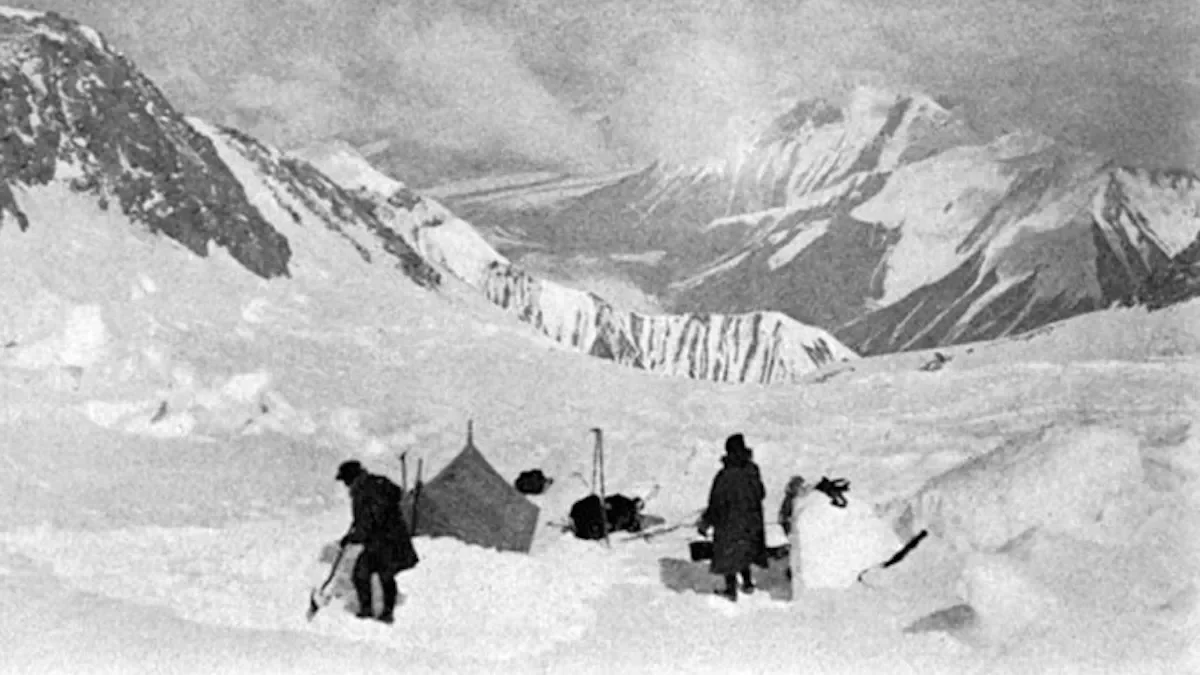
Denali National Park was named after the highest peak in the park, Mount Denali, which was the name given by the Native Americans. In the Koyukon language, the term means “the high one.” For a long time, though, neither the park nor the mountain was officially recognized that way by the federal government.
As the story goes, a gold prospector started calling the mountain “Mount McKinley” circa 1896 because the then-presidential candidate William McKinley supported the gold standard. Many followed suit using the unofficial name, especially after he was elected president and assassinated a few years later. Then, when the land was established as a national park in 1917, it was named Mount McKinley National Park to commemorate the late president.
Of course, the name change never sat well with the locals. Jump ahead to 1975, the Alaska Board of Geographic Names changed the name of the mountain back to Denali and tried to exert influence over federal lawmakers to do the same. In 1980, lawmakers combined Mount McKinley National Park with the Denali National Monument and renamed the area Denali National Park and Preserve.
However, the federal government didn’t fully recognize Denali as the official name of the mountain until 2015, when President Barack Obama called it that and directed the Department of Interior to officially rename it.
4. Mount Denali is harder to climb than Everest
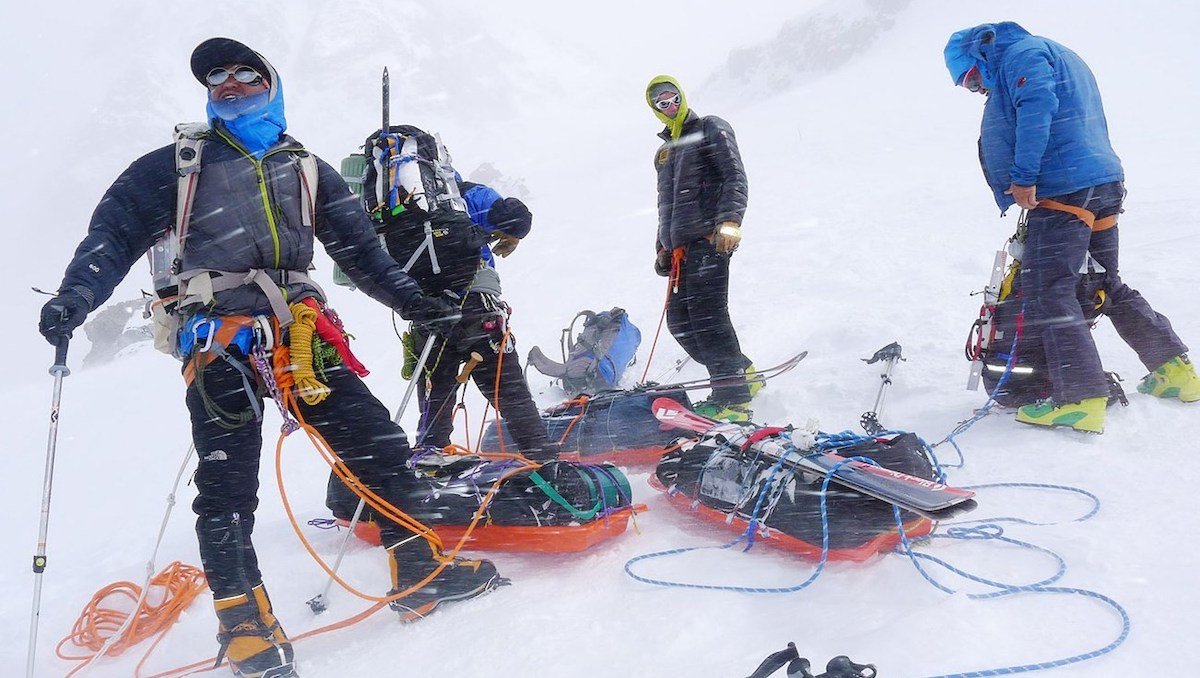
Standing 20,310 feet tall, Mount Denali is the highest point in all of North America and belongs to a collection of peaks called “The Seven Summits,” a mountaineering term referring to the highest points on each of the seven continents. Although Denali ranks as the third highest of the seven, some argue that it’s the most difficult.
According to Seven Summits, a company that guides people to complete mountaineering expeditions, Denali is the most strenuous, because climbing it requires a high level of skill and expertise for navigating glaciers, rope team travel, and carrying heavier loads.
Plus, the weather is unpredictable around Denali year-round. According to the National Park System (NPS), the weather in the park has a wide range of temperatures and conditions. When the sun is out, it can be hot, but at higher elevations, it can be negative 35 degrees Fahrenheit.
However, wind is the biggest danger on the mountain. The winds, which have been clocked at 100 mph, are so strong that they will not only knock you off balance, but they’ll also accelerate the frostbite process, even amid milder temperatures.
While Mount Everest is incredibly dangerous — the cold and lack of oxygen make it deadly — hundreds of people complete the trek each year.
3. It’s the only national park with a working dog sled kennel
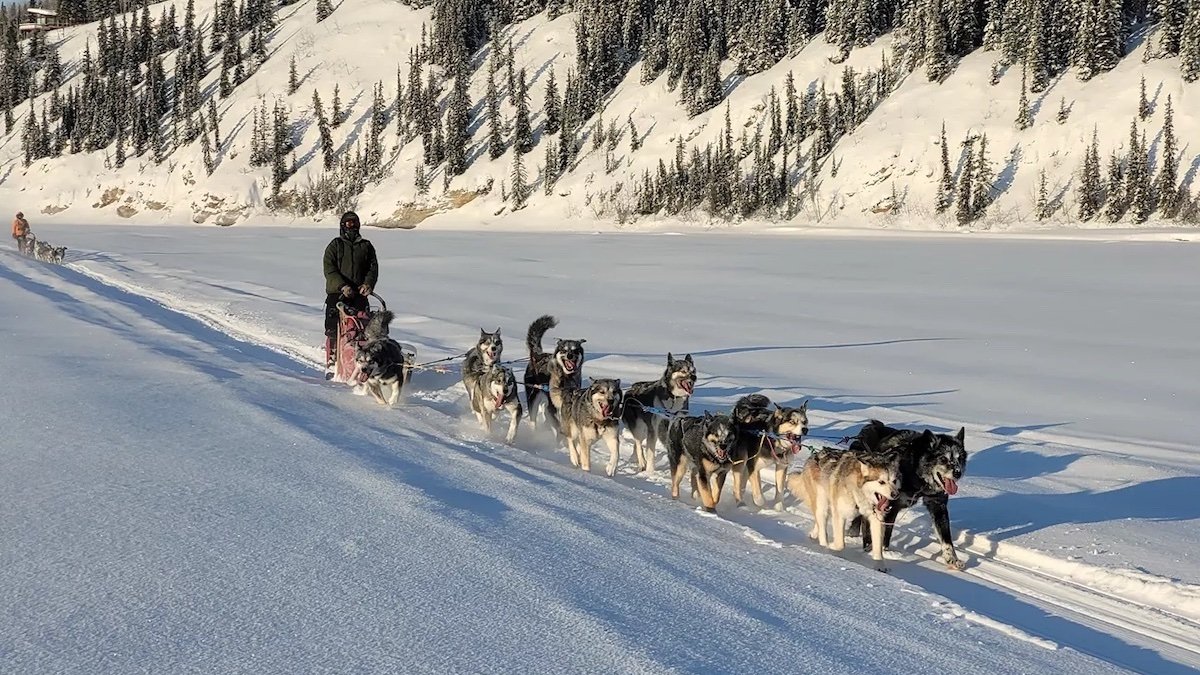
Dog sledding is rooted in Denali’s history. According to NPS, when Charles Sheldon studied Dall sheep in the area that would later become the park, he hired veteran Alaskan dog musher Harry Karstens to guide him.
Years later, after Sheldon successfully lobbied the U.S. Congress to establish the federal land as a national park, Karstens became Denali’s first park ranger. In that role, he patrolled the grounds using dog sleds and significantly reduced wildlife poaching. Since then, the park hired more rangers and added more dog kennels around the lands.
Today, rangers continue to navigate the park using dog sleds. The kennels have also become a major tourist attraction.
2. Denali has some 600 earthquakes a year
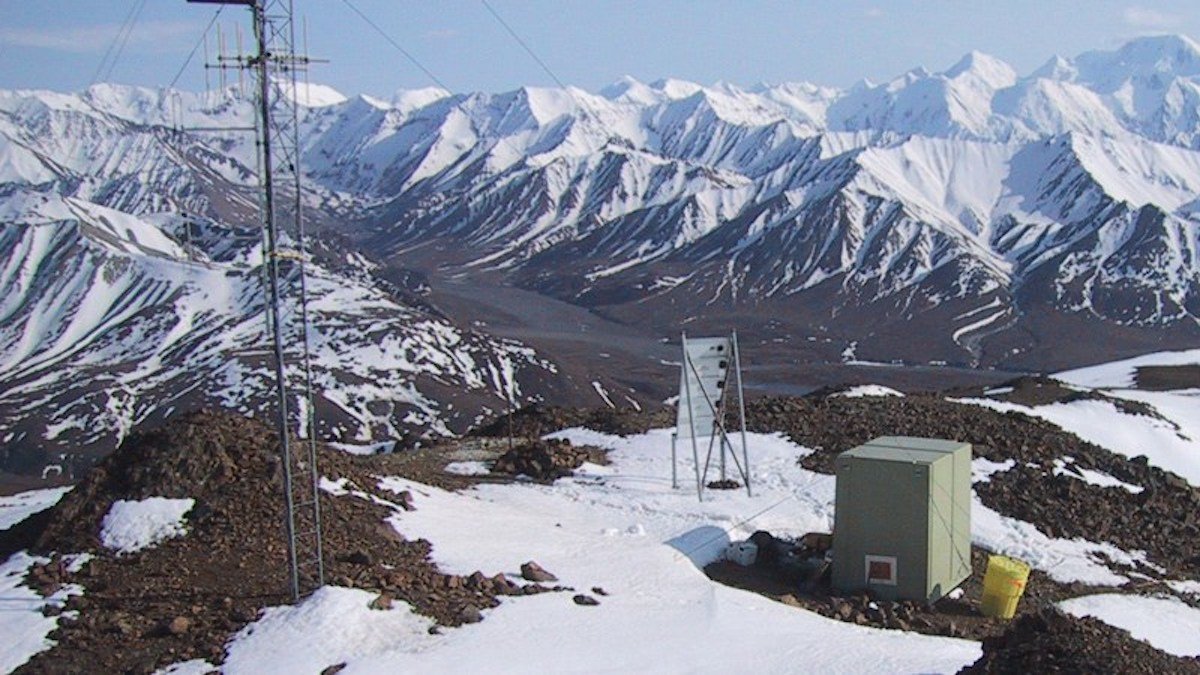
According to NPS, Denali National Park has about 600 earthquakes a year — that’s approximately 1.6 earthquakes each day — because of active plate tectonics. However, most people in the area never feel them.
The park service explained that about 70% of the quakes average between magnitude 1.5 and 2.5, meaning they’re small and can’t be felt, but they can still be recorded by a seismograph. Additionally, they almost all happen 54-75 miles below the earth’s surface.
1. You’ll find America’s “Big 5” at Denali
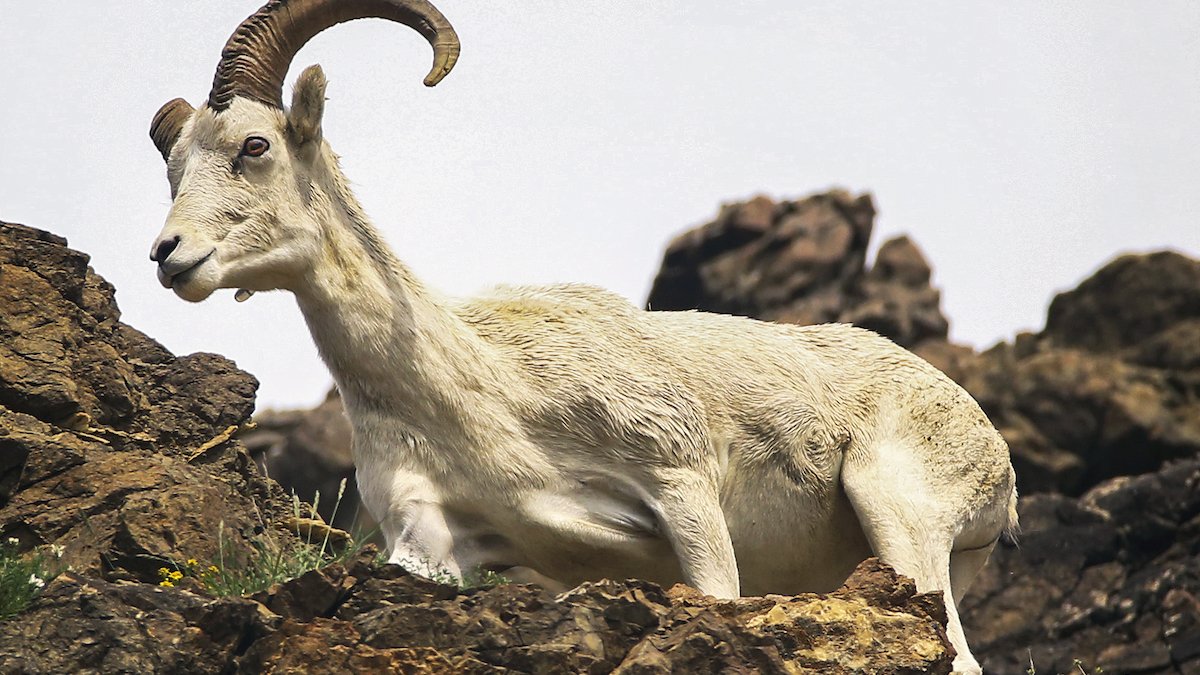
The “Big 5” refers to the five biggest or most domineering mammals in an area. Denali’s Big 5 include moose, caribou, Dall sheep, grizzly bears, and wolves, and that’s not all there is to see at the park.
According to park officials, scientists have documented 39 species of mammals at the park, along with 172 birds, 14 fish, and one species of amphibian (the wood frog). Additionally, they’ve identified 758 vascular plants, eight trees, 380 mosses, 119 liverworts, and 442 lichens.
Read more facts about the national parks:
Source: https://outdoors.com/5-things-you-didnt-know-about-denali-national-park/



